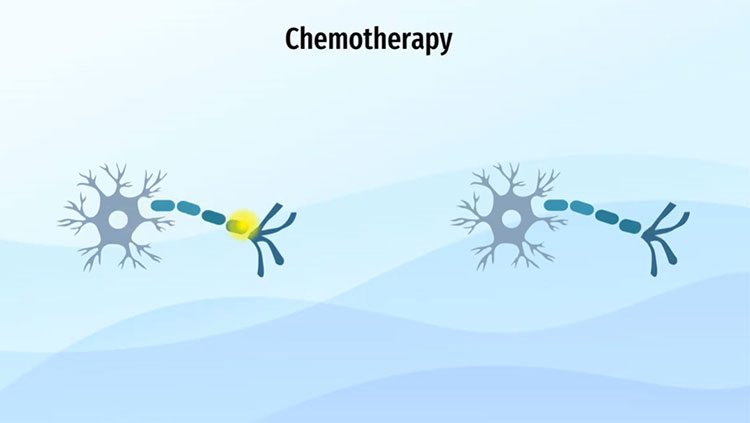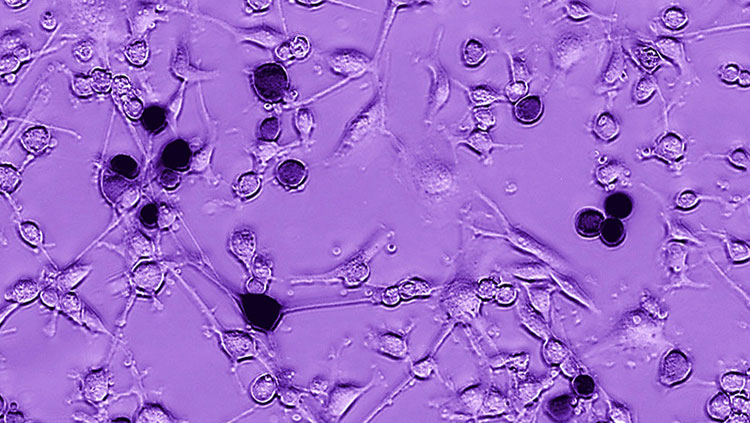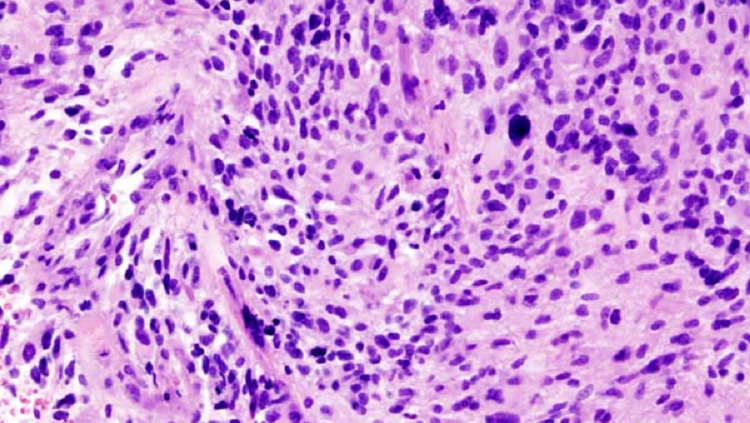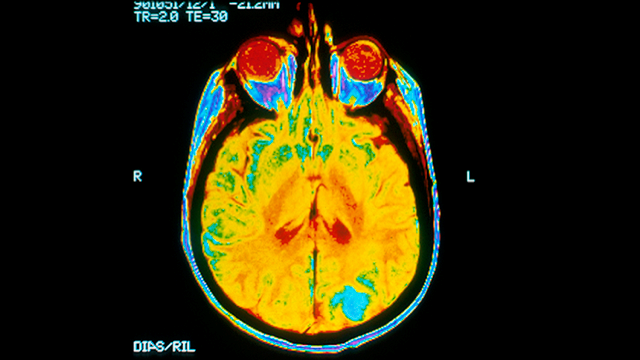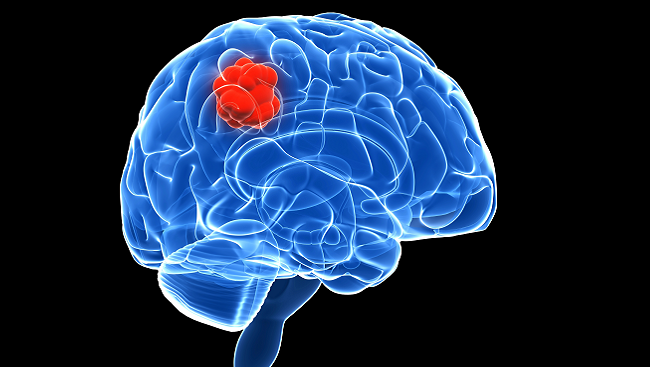Catching Cancer with the Brain
- Published16 Oct 2023
- Source BrainFacts/SfN
Artificial intelligence (AI) technologies are learning from the way the human brain functions to help it learn how to identify brain cancer from images. Like how plants in a garden grow, our brain needs certain elements for effective learning. AI technologies are built to grow in a similar way. This model for learning allows these technologies to analyze large amounts data and identify patterns — helping medical professionals more efficiently identify cancers in brain images and speeding up the diagnostic process for patients.
This is a video from the 2023 Brain Awareness Video Contest.
Created by James Mu and Derek Mu.
CONTENT PROVIDED BY
BrainFacts/SfN
Transcript
Brain cancer is one of the most dangerous cancers known to humanity because of how hard they are to detect early. But what if I told you new technologies that are being built to find brain cancer are learning from the brain?
It's true! New artificial intelligence (AI) technologies are learning from the way the human brain functions to help them learn how to identify brain cancer from images. How exactly does the brain learn, you ask? Let's explore together.
Imagine our brain as a garden where knowledge grows. Just like plants, our brain needs certain elements for effective learning. Let's dive into the brain garden and discover the learning process!
Step one is planting the seeds. In our brain garden, seeds represent new information. Our brain forms connections between special nerve cells called neurons to store this information. These connections, called synapses, are like planting seeds in fertile soil.
Step two is watering the plants. Once the seeds are planted, they need water and nutrients to grow. In our brain garden, this involves repetition and practice. Reviewing and reinforcing what we've learned strengthens the neural connections, making them more efficient. This is why using flashcards for learning vocabulary or hitting the ball over and over again in tennis helps you learn the words and skills more effectively.
Step three is pruning the garden. Just like a gardener trims excess leaves, our brain eliminates unnecessary or weak connections through synaptic pruning. This focuses our resources on vital connections, streamlining and improving our learning.
Step four is pollination. In a garden, cross-pollination diversifies plants. In our brain garden, connecting new knowledge to existing concepts creates a web of interconnected ideas. This deepens our understanding and retention.
Similarly, AI draws inspiration from the human brain to learn. Let's see how AI follows the same steps. Step one is planting the seeds. AI learning begins with vast amounts of data, acting as the foundation for learning. These interconnected nodes form AI models, just like our brain's neurons.
Step two is watering the plants. AI is trained by analyzing data through machine learning. The more high-quality and abundant data the model is exposed to, the better it becomes at making accurate predictions.
Step three is pruning the garden. AI pruning involves optimizing the model by removing unnecessary parameters or features. This simplifies the model and improves efficiency. This is a process that is usually done manually by programmers and engineers.
Step four is pollination. AI integration happens through collaboration between multiple models or techniques. This leads to the development of more advanced AI systems, such as deep learning and artificial general intelligence.
While humans learn through experience and repetition, AI learns through finding patterns in data. Humans can reason, be creative, and adapt, but AI focuses on executing predefined tasks based on patterns in the data it has been trained on.
So, how does an AI that draws inspiration from the human brain help with detecting brain cancer? One new AI system at NYU Langone Health has been specifically trained to identify an aggressive type of brain cancer called glioblastoma. It is able to determine if there is an early-stage cancer in the tissue by simply looking at brain images and noting the patterns that are there.
This diagnostic process, which usually takes up to about four weeks for medical professionals to analyze brain images and come up with a conclusion, now only takes a mere three minutes to complete. With an accuracy of 94%, this technology is life-saving for patients with this type of aggressive brain cancer.
But AI technologies don't stop at detecting brain cancer. As of January 2023, the FDA has already approved over 520 AI algorithms for medical use, with applications ranging from radiology to cardiovascular diseases.
With time, these technologies could save more and more lives. And it's all thanks to copying how the human brain learns things.
Also In Cancer
Trending
Popular articles on BrainFacts.org


